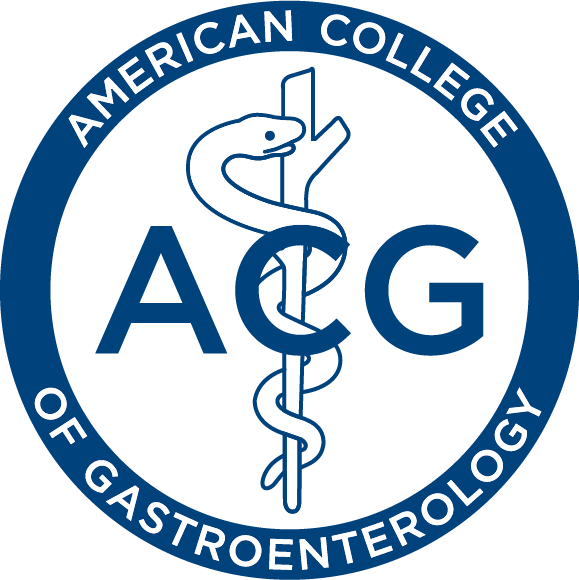Newswise — A surprising twenty-three percent of patients showed evidence of a chronic condition six months after their enrollment in a new study measuring drug-induced liver injury (DILI). Antimicrobials and anticonvulsant medications are the most common prescription medications implicated in indiosyncratic DILI, according to data from a prospective trial conducted by the Drug Induced Liver Injury Network (DILIN). The DILIN comprises five clinical centers and a data-coordinating center, and it is funded by the NIDDK (http://dilin.dcri.duke.edu).
Presented at the 71st Annual Scientific Meeting of the American College of Gastroenterology, the study found that 75 percent of patients had DILI due to a single prescription medication, while 21 percent of injuries were related to a combination of prescription drugs and complementary/alternative therapies. During a six-month follow-up, seven percent died and 23 percent exhibited chronic DILI.
"Our study represents an extensive and a systematic effort that is recruiting eligible patients with clinically important DILI in a robust fashion," says Dr. Naga P. Chalasani from Indiana University. "Extensive clinical data and biosamples are available to conduct clinical and mechanistic ancillary studies including genetic analyses to identify risk factors and predictors of outcome."
Pre-defined biochemical criteria were used to recruit eligible patients with suspected DILI. Patients with previous liver and bone marrow transplants and those with acetaminophen toxicity were ineligible. To better understand the natural history of DILI, enrolled patients are followed for up to 24 months depending on their liver biochemistries at 6 months after enrollment. Extensive baseline evaluation was performed to exclude competing etiologies in each patient.
Whenever available, a central pathologist in a blinded fashion reviewed liver biopsies. A panel of hepatologists systematically assessed the strength of causal relationship between implicated agent(s) and the episode of liver injury. Samples of serum, urine, DNA, and peripheral lymphocytes were collected and stored at a central repository for future studies.
About Drug Induced Liver InjuryDrug-induced liver injury (DILI) can affect both parenchymal and nonparenchymal cells of the liver, leading to a wide variety of liver disorders, including acute and chronic hepatocellular hepatitis, fibrosis/cirrhosis, cholestasis, steatosis, as well as sinusoidal and hepatic artery/vein damage. DILI occurs in all age groups, but most cases occur within the elderly population because they take more medications than younger persons and also use multiple medications. Liver injury is the leading reason why drugs are removed from the market or require restricted use and special monitoring of patients.
About the American College of GastroenterologyThe ACG was formed in 1932 to advance the scientific study and medical treatment of disorders of the gastrointestinal (GI) tract. The College promotes the highest standards in medical education and is guided by its commitment to meeting the needs of clinical gastroenterology practitioners. Consumers can get more information on GI diseases through the following ACG-sponsored programs:
"¢ 1-800-978-7666 (free brochures on common GI disorders, including ulcer, colon cancer, gallstones, and liver disease)"¢ 1-866-IBS-RELIEF and http://www.ibsrelief.org (free educational materials)"¢ 1-800-HRT-BURN (free brochure and video on heartburn and GERD)"¢ http://www.acg.gi.org (ACG's Web site)
MEDIA CONTACT
Register for reporter access to contact detailsCITATIONS
American College of Gastroenterology 71st Annual Scientific Meeting
